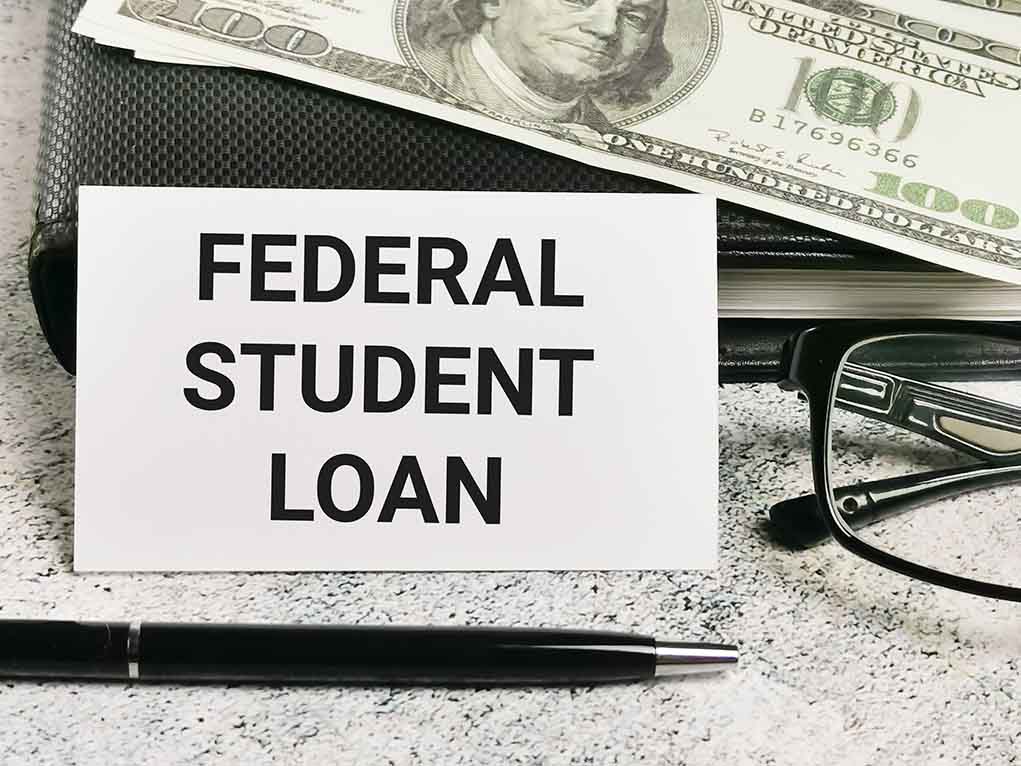
Federal student loan collections will resume May 5, forcing over 5 million Americans in default to face wage garnishment and intercepted tax refunds as the government ends its pandemic-era pause.
Key Takeaways
- The Department of Education will restart collections on defaulted federal student loans on May 5, 2025, affecting 5.3 million borrowers who haven’t made payments since March 2020.
- The Treasury Department will begin withholding tax refunds and Social Security benefits from defaulted borrowers immediately, with wage garnishment to follow later this summer.
- Only 38% of student loan borrowers are currently keeping payments current, with the Education Department warning nearly 10 million more borrowers could soon default.
- Loan rehabilitation, requiring nine consecutive on-time payments, offers a one-time path back to good standing for borrowers facing collections.
- Education Secretary Linda McMahon emphasized taxpayers “will no longer be forced to serve as collateral for irresponsible student loan policies.”
Defaulted Student Loan Collection Resumes After Three-Year Pause
The Department of Education announced it will resume collections on defaulted federal student loans beginning May 5, 2025, ending a three-year pause implemented during the COVID-19 pandemic. This decision affects approximately 5.3 million borrowers who haven’t made payments since March 2020 when President Trump initially suspended collections as part of pandemic relief measures. The resumption marks a significant shift in federal student loan policy under the Trump administration’s return to the White House, with Education Secretary Linda McMahon emphasizing that “American taxpayers will no longer be forced to serve as collateral for irresponsible student loan policies.”
The collection process includes multiple enforcement methods against borrowers in default. The Treasury Department’s offset program will immediately begin withholding government payments like tax refunds from those with past-due debts. Social Security benefits may also be intercepted. Wage garnishment will follow later in the summer after a mandatory 30-day notice period for affected borrowers. These actions come after the expiration of several grace period extensions that ultimately ended with payments resuming in October 2024.
Currently, roughly 5.3 million borrowers are in default on their federal student loans.
https://t.co/lClHSbMAok— WCPO 9 (@WCPO) April 22, 2025
Default Crisis Looms for Federal Student Loan Program
Education officials have expressed alarm at current repayment statistics, noting that only 38% of borrowers are currently keeping their student loans in good standing. The department warns that nearly 10 million additional borrowers could soon enter default, representing almost 25% of the entire federal student loan portfolio. This potential default crisis has prompted officials to characterize the situation as a “fiscal cliff” for the program if collections aren’t resumed. Research indicates borrowers typically default due to prioritizing other financial obligations or an inability to afford payments.
Unemployment and failure to complete educational programs are particularly strong predictors of default. The Education Department has committed to launching a “robust communication strategy” to inform borrowers of their repayment options, including income-driven repayment plans. Officials also plan to extend call center hours for borrower support and work through a backlog of 1.8 million pending income-driven repayment plan applications. However, concerns remain about whether the department has sufficient staffing and resources to effectively manage the collections restart.
Relief Options Limited as McMahon Takes Aim at Colleges
Secretary McMahon has announced there will be no mass loan forgiveness, a significant departure from the Biden administration’s approach, which had canceled student debt for over 5 million borrowers totaling more than $183.6 billion through expanded forgiveness programs. McMahon instead directed criticism at higher education institutions, arguing they have exploited the federal loan system. The Education Department plans to work with Congress to make loan payments more affordable while also addressing college costs at their source.
“Colleges and universities call themselves nonprofits, but for years they have profited massively off the federal subsidy of loans, hiking tuition and piling up multibillion-dollar endowments while students graduate six figures in the red,” said McMahon.
For borrowers currently facing default, loan rehabilitation remains the primary option to avoid wage garnishment and other collection actions. This one-time program requires making nine consecutive on-time payments to restore loans to good standing. However, borrower advocates have criticized the timing and scope of the collections restart. Mike Pierce, executive director of the Student Borrower Protection Center, called the move “cruel” and “unnecessary,” arguing it will “further fan the flames of economic chaos for working families.”















